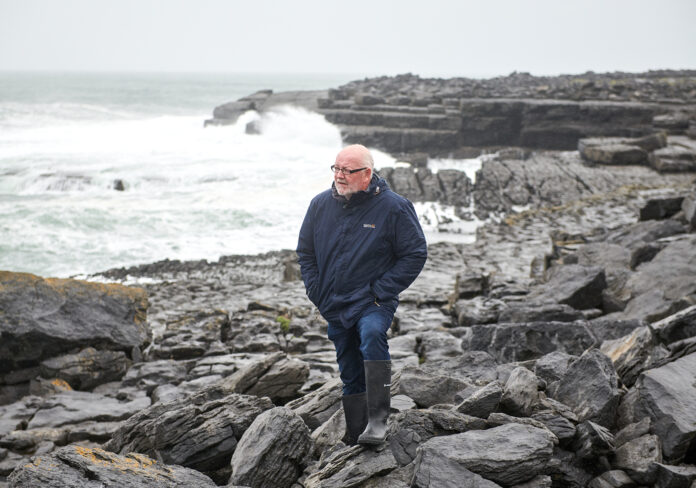A NORTH Clare secondary school has achieved a huge 81% qualification rate ahead of the BT Young Scientist & Technology Exhibition (BTYSE) 2023.
Mary Immaculate Secondary School in Lisdoonvarna entered a total of 11 projects into next year’s prestigious competition and nine of them have qualified. The average qualification rate is around one-third, putting Mary Immaculate students and teachers in a league of their own.
“We’ve been told that there were 1,700 entries this year,” said retired Science Teacher, John Sims, who has stayed on board to support BTYSE projects and the school’s proud history with the competition.
“We’ve also seen that 550 of those entries have qualified. That represents a qualification rate, on average, of just over 30%, so we’re well in excess of that. It’s to the huge credit of the students and teachers at Mary Immaculate, as well as the parents and the entire school team.”
Four individual projects from Mary Immaculate have qualified, as well as five team studies. Among these is a project that has also made the finals of a national science award scheme.
Fionn Rush is working on a study that aims to train artificial neural networks to lip read and, in turn, help hearing impaired people to do the same. The project is in the running for The Boston Scientific Medical Devices Grand Award in the SciFest National Final on November 25. The study is supervised by Máire Morrissey.
Teacher Molly Crilly is also involved in project supervision, with John working to support eight of the qualifying projects.
“We spend a lot of time on project planning,” he said. “Then when it comes to filling out the entry form and drawing up the one-page proposal, we really work on getting things right. The proposal can’t be vague. It has to be very specific. That way, the judges know that the student knows what they’re talking about. Some of these students are as young as 13, so it’s really impressive to see what they’re working on.”
John’s dedication to the competition dates back to 1990 and retirement has been no barrier to his continued input into student projects.
“I haven’t missed a year since then,” he said. “Because I’m retired, I have a lot more time to do things like taking students out collecting samples. If I was asked what I do in my spare time, I’d say I do the Young Scientists. If you asked my wife, she would agree!
“For a project, we might have to spend hours out gathering samples, but once we do, the students are set up for analysing them for days and weeks to come. The school is so supportive because when I come to a classroom looking for a student, they’re always able to be flexible. The principal is a great support to the work we’re doing.”
In 2019, John’s contribution to the competition was recognised with a Perrigo Educator of Excellence in the Biological and Ecological Sciences, but his commitment is about far more than awards or acknowledgement. “If the kids enjoy what they’re studying and get the benefit of participating in BTYSE, that’s what it’s all about,” he said.
“It’s a wonderful experience for the students, even to be interviewed about their projects by academics and industry leaders is phenomenal. You couldn’t buy that because students gain so many skills from the experience.”
The BTYSE exhibition takes place from January 11 to 14 at the RDS in Dublin.


